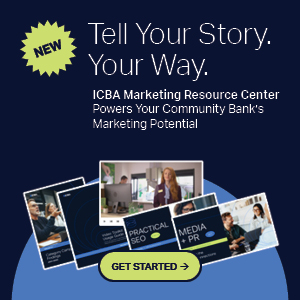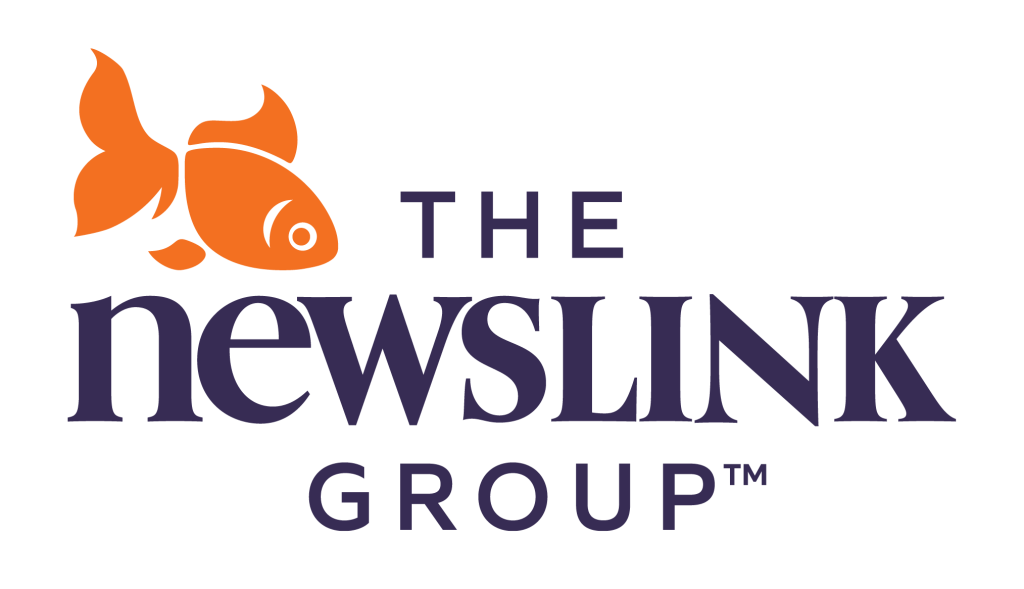New technologies, evolving customer expectations and a shifting regulatory landscape have all accelerated the pace of change in banking. Community banks are no longer just competing with the bank or credit union around the corner. They’re up against sleek, design-driven fintech apps that offer quick, seamless, hyper-personalized experiences.
In this increasingly competitive environment, a generic, disconnected digital banking experience will simply no longer cut it. Instead, community banks must think strategically about the future, investing in a platform that’s open, flexible and extensible — one that empowers them to move quickly, integrate easily and differentiate meaningfully. This is the power of extensibility in modern banking.
By embracing extensibility, banks will be positioned not just to survive the next wave of disruption, but to successfully grow and compete into the future.
What Is Extensibility — And Why Is It Important?
Though the term might be unfamiliar to some, extensibility plays a significant role in the future of banking. At its core, extensibility is the ability to adapt, scale and build on top of a bank’s digital banking platform to meet the evolving needs of its institution and customers. It’s about having the freedom to shape the digital experience by easily connecting to third-party fintechs, creating custom workflows, enhancing internal tools and/or designing new user experiences across all touchpoints.
Think of extensibility like buying a well-built house. The foundation is solid and future-ready, but it’s the ability to design the layout, add rooms and choose custom finishes that makes it yours. Extensibility gives banks that same freedom. With the right tools in place, a bank’s team can quickly build, plug in and adapt features that serve its strategic goals — whether that means launching a new service for customers, streamlining internal operations or enabling developers and vendor partners to swiftly innovate.
This level of openness requires more than surface-level integrations and limited basic SSO approaches. A truly extensible platform is built on open APIs and offers developer portals, UI extension frameworks and partner marketplaces that empower both the financial institution and its technology partners with self-service tools to build, launch and quickly integrate. It gives banks the tools to create their own experiences, whether for customers, frontline employees or specialized use cases — all on a foundation that is reliable, secure, performant and seamless. The result is more elevated experiences and deeper loyalty for customers and team members alike.
The need for greater extensibility is growing more urgent. Customers are increasingly using third-party fintech apps for services that were once exclusive to their primary financial institution, from budgeting tools to alternative lending solutions. At the same time, regulators are moving toward open data policies, such as Section 1033 of the Dodd-Frank Act, which will give consumers greater control over how and where they share their financial data.
For banks, this shift represents both a challenge and an opportunity. With a secure, extensible platform, institutions can empower their customers to share data on their own terms, without relying on risky practices like screen scraping. This doesn’t just reduce exposure; it creates a new layer of insight into what customers are doing outside the bank, allowing for more personalized, timely engagement and service.
A Strategy for the Next Era of Banking
Over the last 15 years, the industry has seen more disruption than in any previous era — from mobile-first design and embedded payments to AI and real-time data access. Meanwhile, a new generation of customers is entering the workforce with higher expectations for personalization, transparency and control. Regulations are simultaneously evolving to support more secure and open sharing of financial data.
In response, more community banks are embracing extensibility to move faster, partner more effectively and build smarter. With the right tools, banks can deliver experiences that support the needs of their customers and communities while building a digital banking experience that’s truly their own. By embracing extensibility, banks will be positioned not just to survive the next wave of disruption but to successfully grow and compete into the future.











